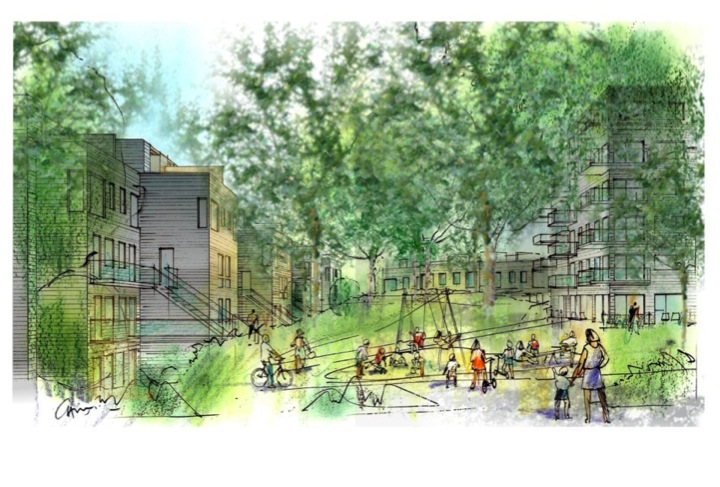Living environments- NTNU Center for Health Promotion Research
Living environment
The Ottawa Charter (WHO 1986) stated already in 1986 that the living environment of people is where most of health is created. The Ottawa charter states that ”Health promotion works through concrete and effective community action in setting priorities, making decisions, planning strategies and implementing them to achieve better health. At the heart of this process is the empowerment of communities - their ownership and control of their own endeavours and destinies. Community development draws on existing human and material resources in the community to enhance self-help and social support, and to develop flexible systems for strengthening public participation in and direction of health matters.”
 NTNU Center for Health Promotion Research studies and helps community and living area development according to the Ottawa Charter. The health challenges we can see for the near future, are to a great extent society made (eg. the growth in Non Communicable Diseases, mental health problems among adolescents) - and the challenges must therefore be met with changes in the environments where people live their (Norwegian Coordination Reform, 2009).
NTNU Center for Health Promotion Research studies and helps community and living area development according to the Ottawa Charter. The health challenges we can see for the near future, are to a great extent society made (eg. the growth in Non Communicable Diseases, mental health problems among adolescents) - and the challenges must therefore be met with changes in the environments where people live their (Norwegian Coordination Reform, 2009).
There need to be a development of the local communities and living areas in direction of being more inclusive and social supportive – so people can live their lives with high standards of well being and dignity.
The Centers attention is to a large degree concentrated on developing new knowledge on favourable living environments, good neighbourhoods, good arenas for social interaction, use of welfare technology, transportation and health services that is universal, fits the whole population . To meet tomorrows challenges, attention need to be on living environments. We need to be both in planning and designing, and we need to study effects. NTNU Center of Health Promotion Research is therefore involved both in regional, national and international projects.
